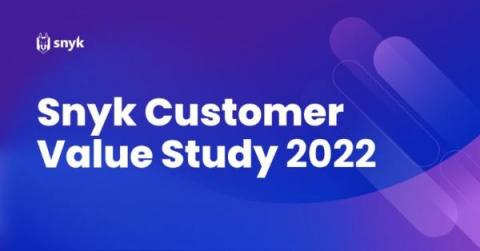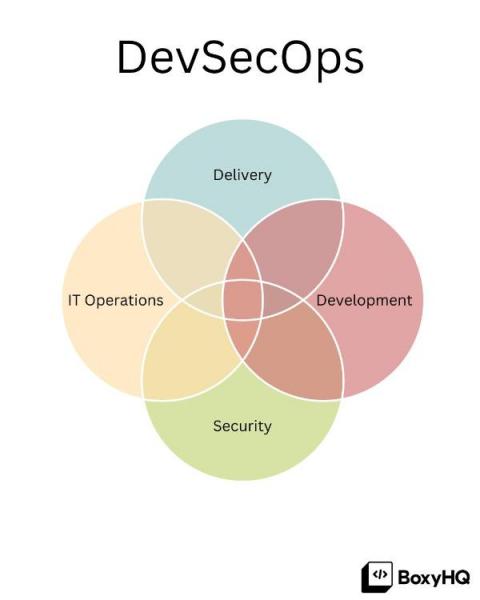Top 5 IAST Tools for 2022
The trouble with allowing developers to deploy code directly to production is that security threats are often overlooked in the process. These vulnerabilities only show up later during runtime. Once this happens, it falls on the shoulders of the Ops team or SREs to engage in firefighting.











